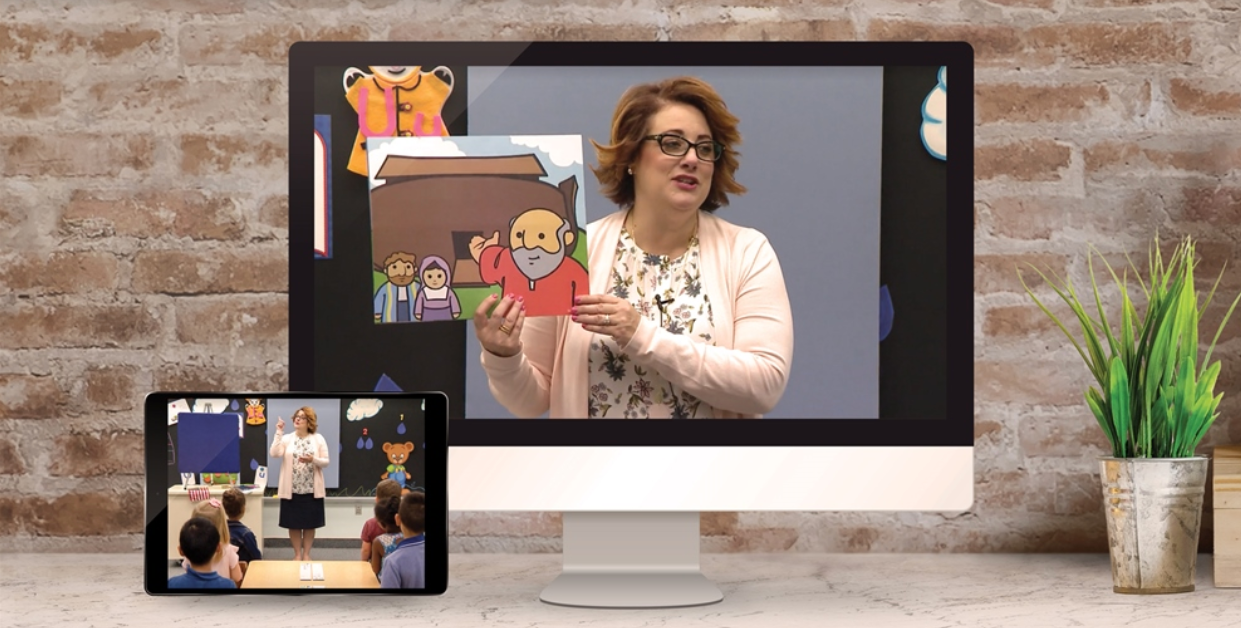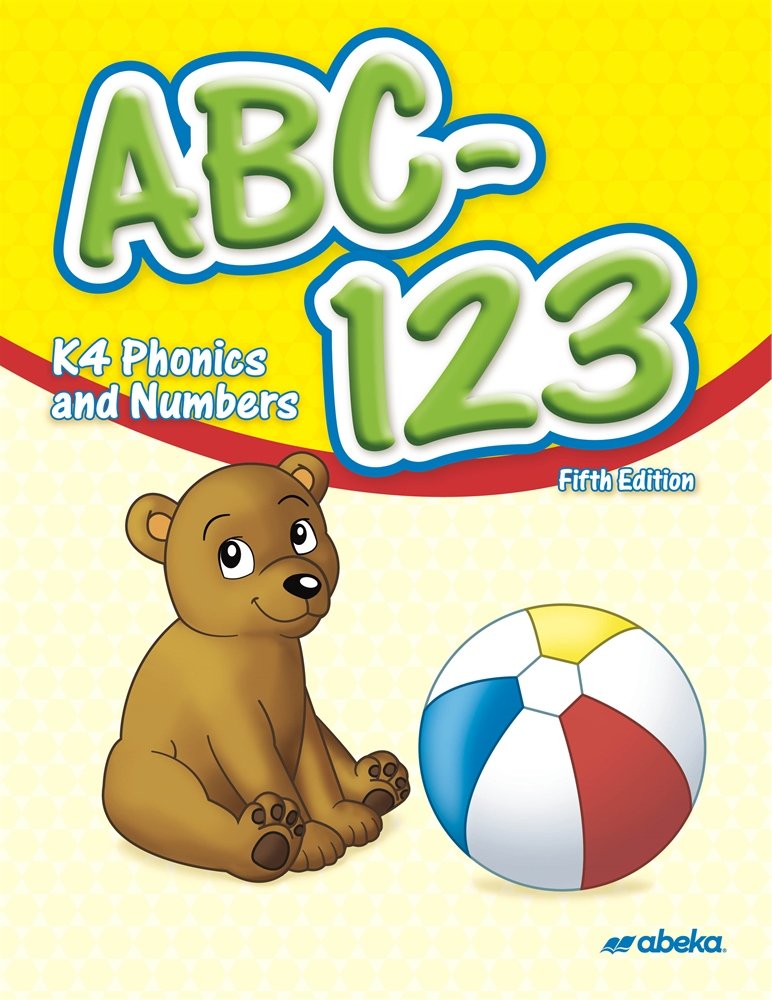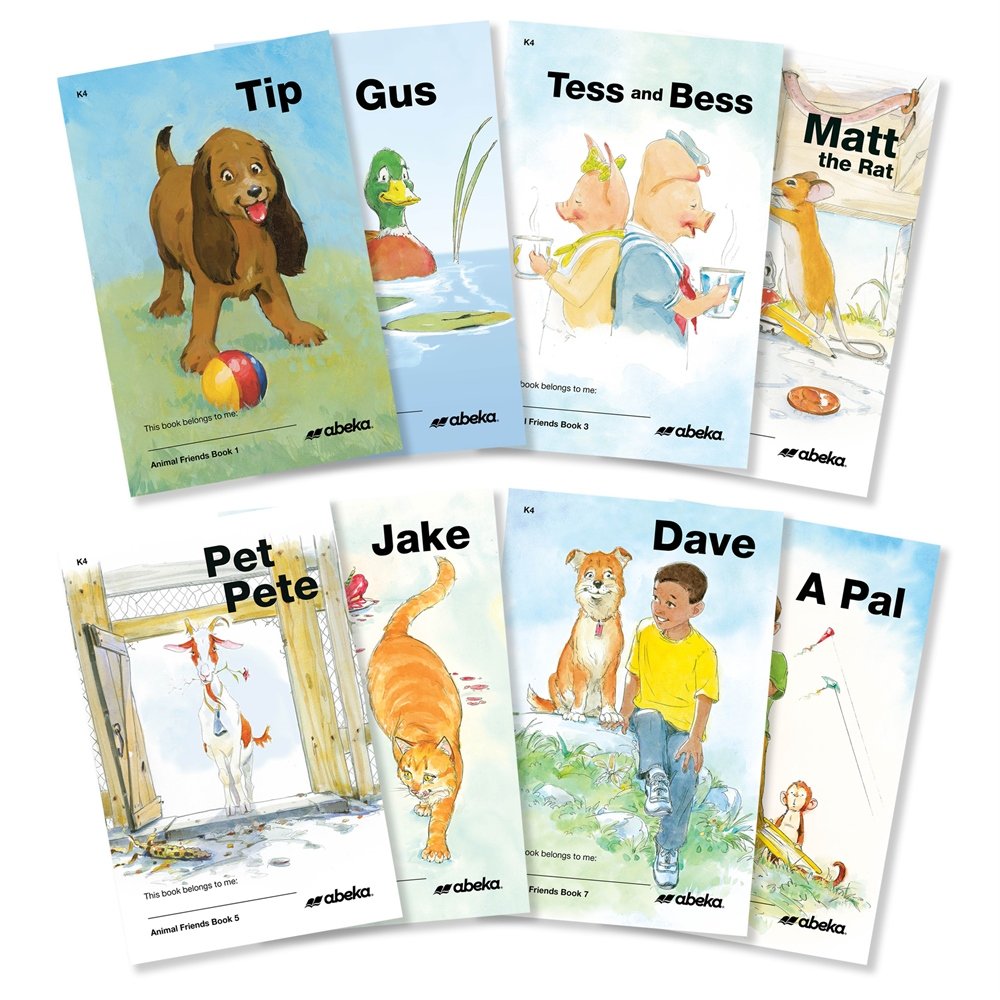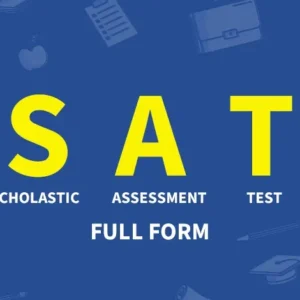Description
We should know that accent is the focus of English enlightenment. Therefore, it is very important to sharpen ears. However, sharpening ears does not require students to understand every word, but to familiarize themselves with the rhythm and rhythm of English and fully experience the world of pure English.
Children under the age of two should start with listening input, so that they can get twice the result with half the effort. At this time, the focus of your parent-child reading should be on helping children learn cognition and learn to correctly associate graphics with simple English expressions. The age of four is a child’s sensitive period for reading.
If the input of English listening in the early stage is insufficient, the situation corresponding training will also be relatively insufficient.
The method of English ear-teaching, a lot of listening and reading, is aimed at cultivating children’s pronunciation ability and English language sense.
Children aged two to four should continue to receive English listening input, and at the same time strengthen training in situational correspondence. Reading before the age of four is generally based on picture books.
If a child over four years old has just started learning English, if the child has done enough English listening training, he can train his reading capacity independently, cultivate his interest in English reading, and enter the stage of independent reading and learning.
Our enlightenment course consists of two parts: phonics and reading
Phonics – Your child will enjoy carefully planned activities that will teach him vowels, consonants, blends, single-sound words, and diphthong words. This method has produced thousands of successful readers for over half a century!
Reading – Building on the foundation of phonics, your child will actually be reading short books by the second semester!
Get your child started reading with these phonics-based primers. Little Books 1-12 include 12 short reads starting with basic vowels and consonants and progressing to complete words and sentences. Teach your child how to build words by combining consonants and vowels. These primers use one-vowel words, colorful pictures, and review exercises to engage your child as they learn to read!
Help your child continue reading monophthong words and gradually learn diphthong words with the carefully selected stories in Animal Friends 1-8. These 8 brightly illustrated readers will emphasize monophthong words and introduce your child to diphthong word stories using fun animal stories. Your child will read complete stories about Tip the puppy, Gus the duck, Jack the cat, and more. Help your child develop a phonics-based reading system with Animal Friends 1-8.
Introduce your child to basic phonics and number skills with ABC-123. This workbook uses age-appropriate, colorful exercises to help your child count to 20 and read monophthong and diphthong words. Using mixed ladder and coloring exercises, your child will learn to identify all letters and their sounds, as well as how to count and identify specific quantities of objects. With coloring, matching, dot-to-dot and tracing exercises, this workbook will give your child a solid understanding of reading and numbers.
Learning international languages correctly is equivalent to opening another window to understand the outside world!











Reviews
There are no reviews yet.